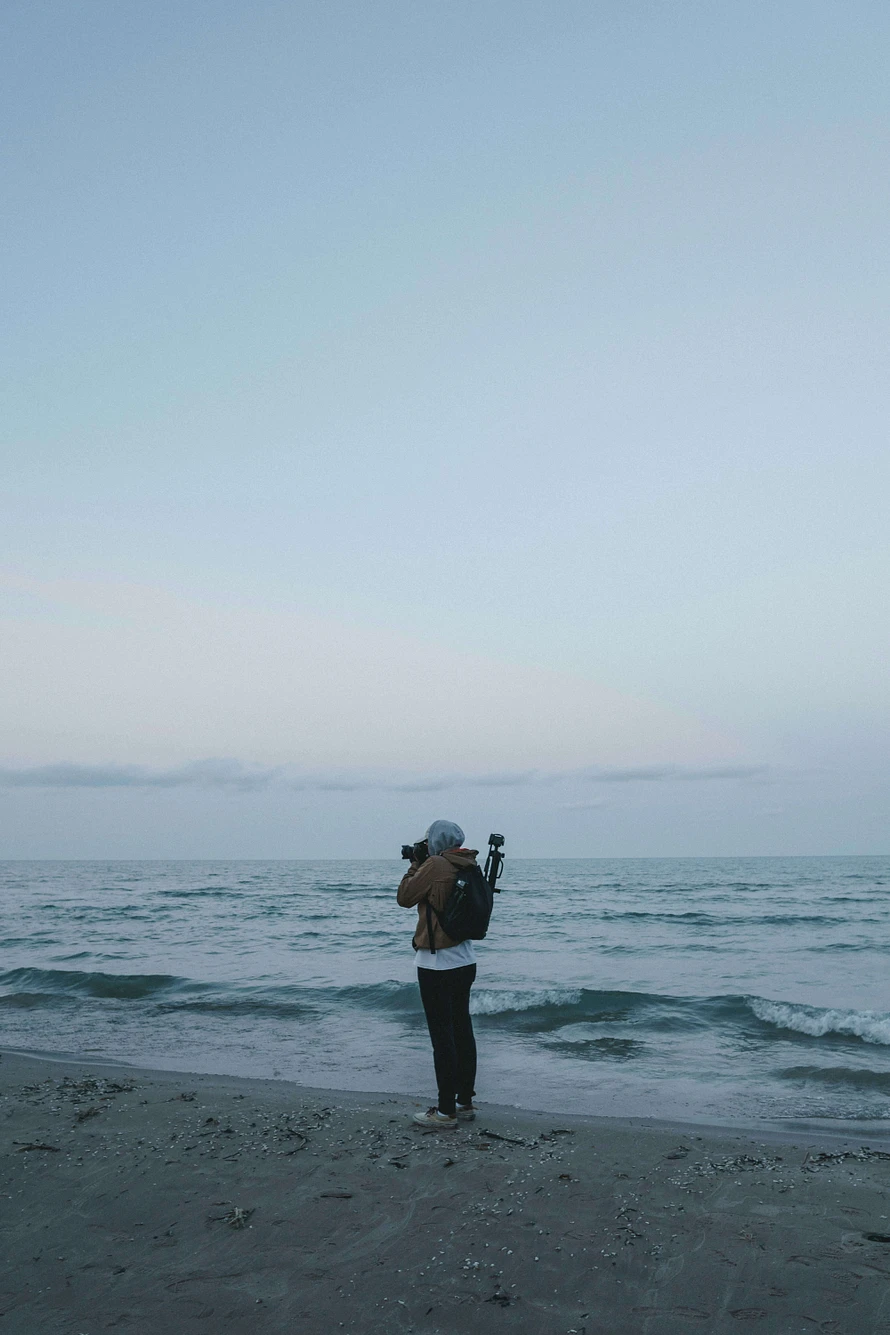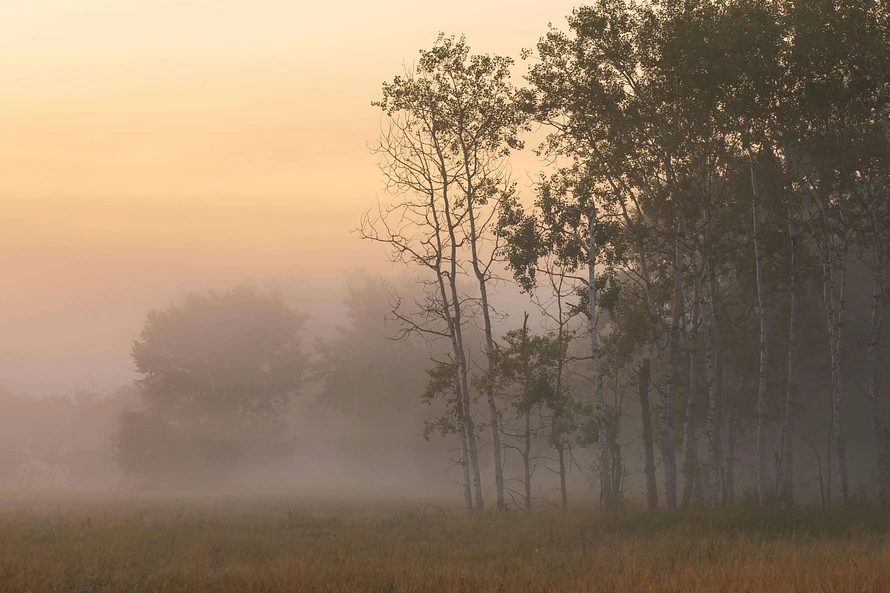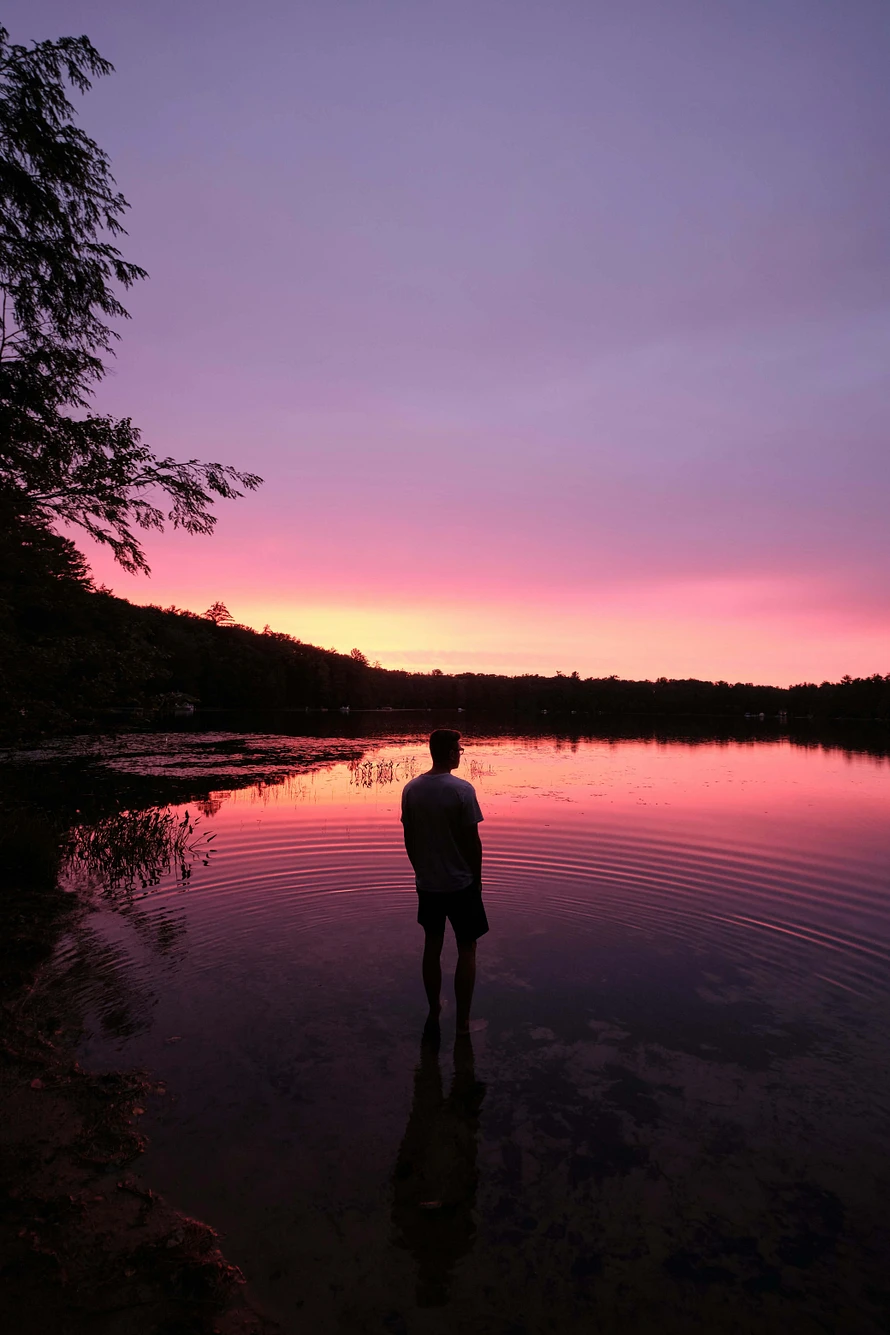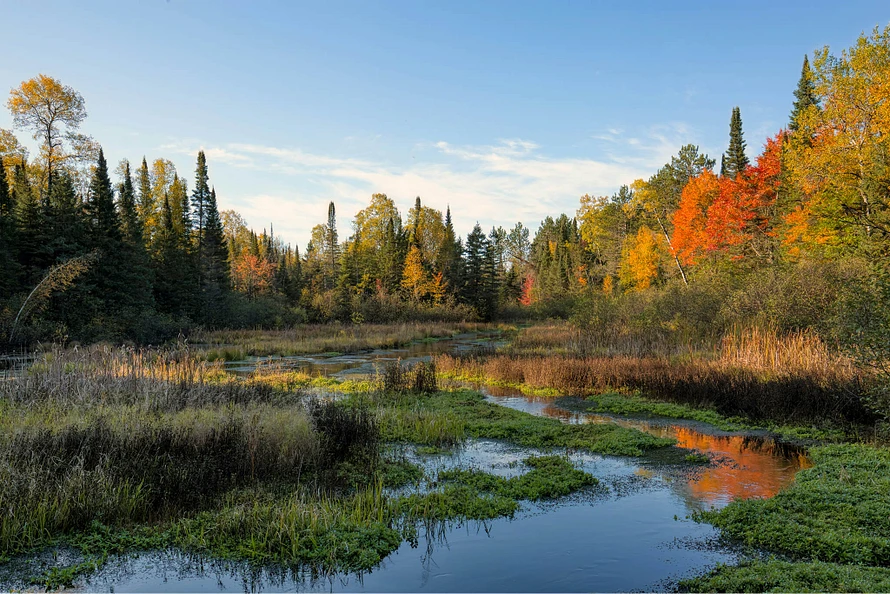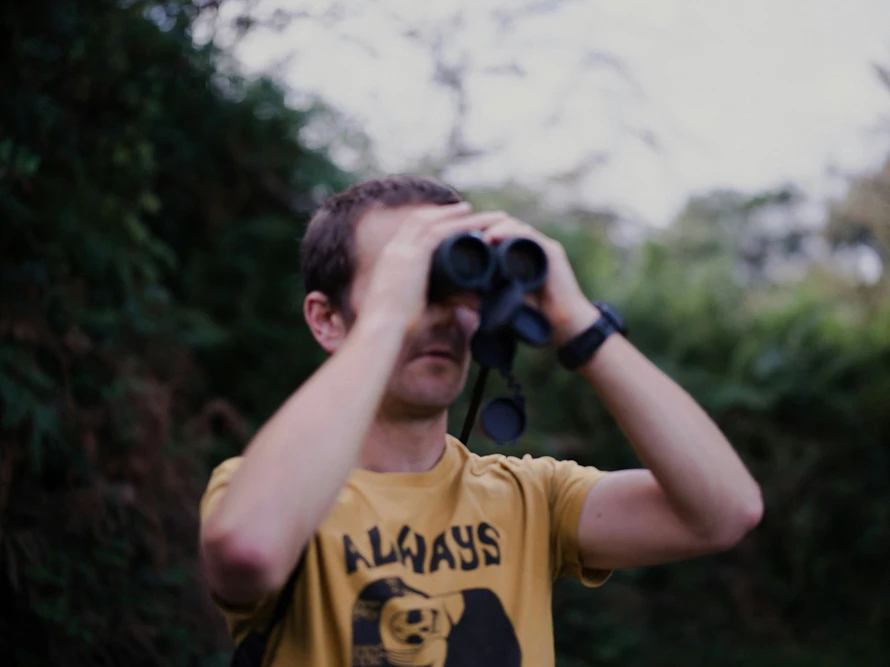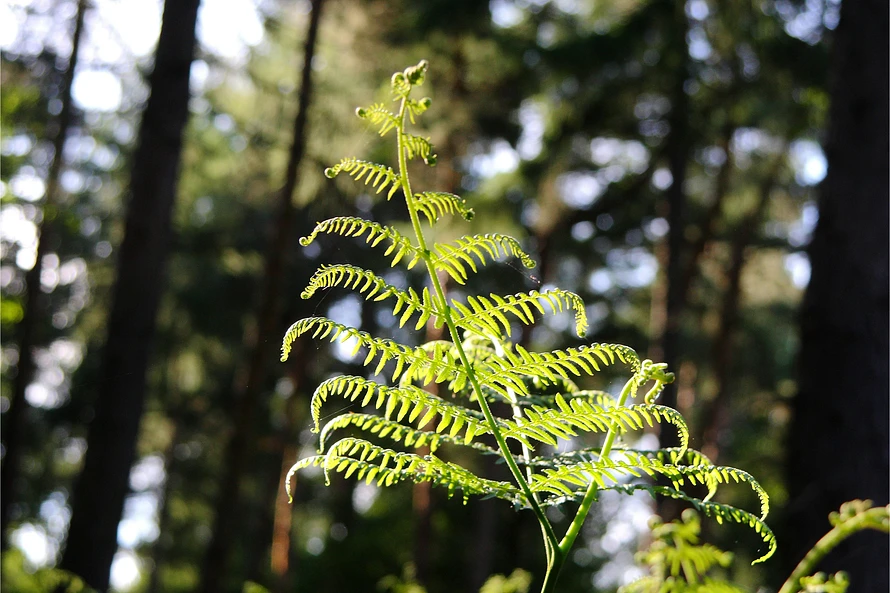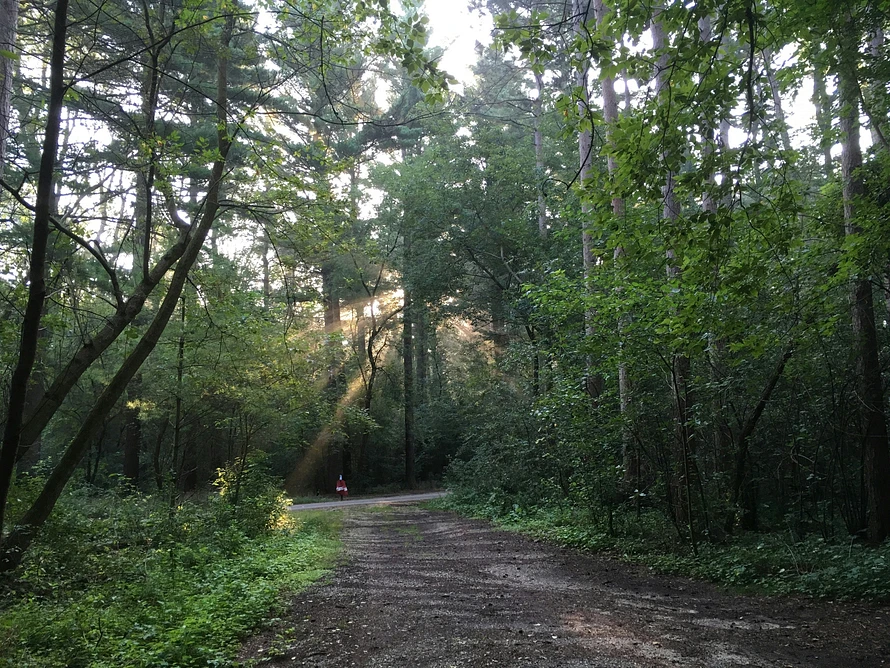The woods, lakes, and fields of Wisconsin hold quiet corners where the ordinary can suddenly feel a little off. If you’re hoping to catch a glimpse of something unusual, the kind of thing that sparks stories and lingers in memory, it helps to approach it with patience, care, and respect.
First, preparation is more about mindset than gear. The Sconster moves through spaces that are often overlooked: a fog-draped marsh, the edge of a cornfield at dusk, or a quiet northwoods trail after the snow has fallen. Move slowly and pay attention to the rhythm of your surroundings. The crunch of leaves underfoot, the whisper of wind in pine needles, the distant splash of a fish. Learning these sounds helps you notice when something feels different.
A notebook and pen can be invaluable. Record the details of your excursions — where you went, the time of day, weather, animal sightings, unusual sounds. Even small, seemingly mundane observations create a record that can reveal patterns over time. Cameras or phones can be useful for capturing moments, but nothing replaces your own careful attention.
Consider the seasons. Long winters, early frosts, and summer dusk all change the way wildlife moves and behaves. The Sconster moves through that same ecosystem. Understanding when deer, raccoons, or owls are active will help you differentiate the expected from the unexpected.
Patience is key. Encounters are rarely dramatic. They are subtle. A movement at the edge of vision, a sound that doesn’t quite belong. Approach the experience with curiosity, not expectation. Leave the woods exactly as you found them. Respect private property. Part of the thrill lies in the mystery itself.
Even if your first outing yields nothing more than the soft sway of cattails or the distant call of a loon, you are participating in a tradition older than any written account: paying attention, noticing the small details, and letting your imagination meet the land where stories grow.
With each careful step, you prepare not just for a sighting, but for a connection, a quiet awareness that keeps the legend alive and invites the possibility of the Sconster to step, ever so briefly, into view.
Photo by Dave Hoefler on Unsplash
